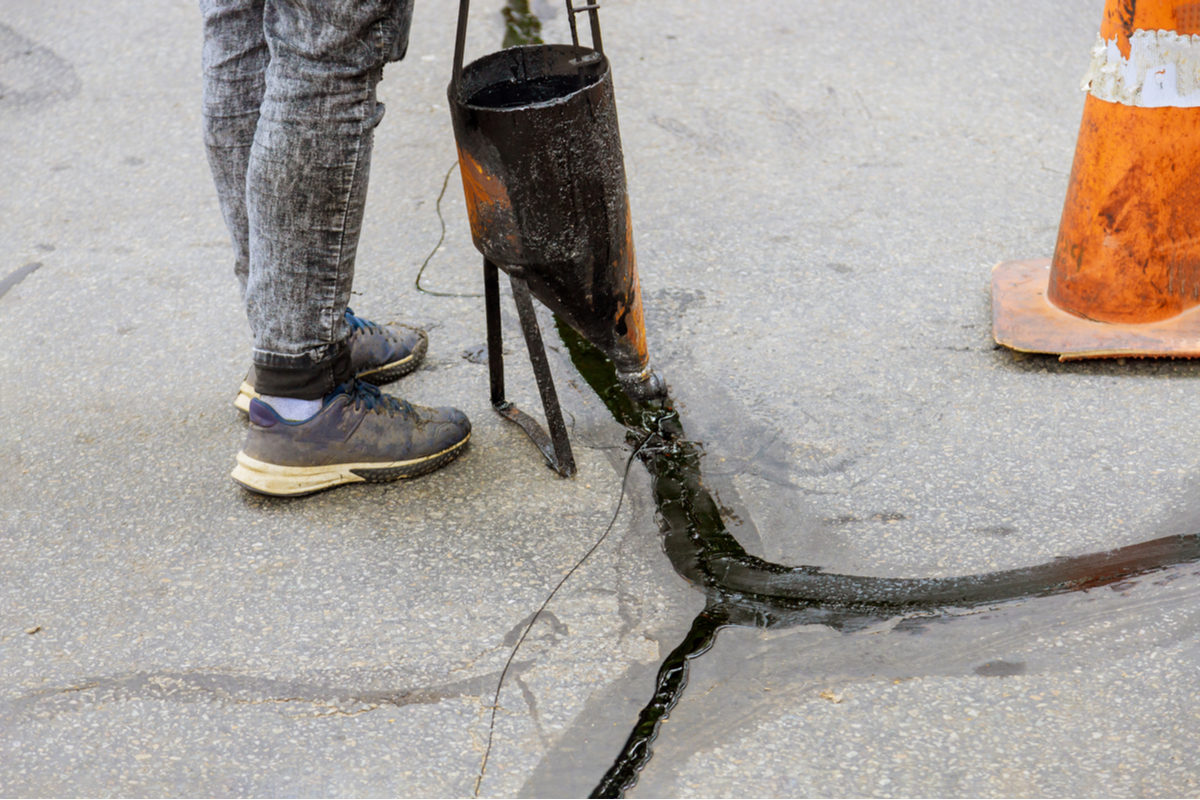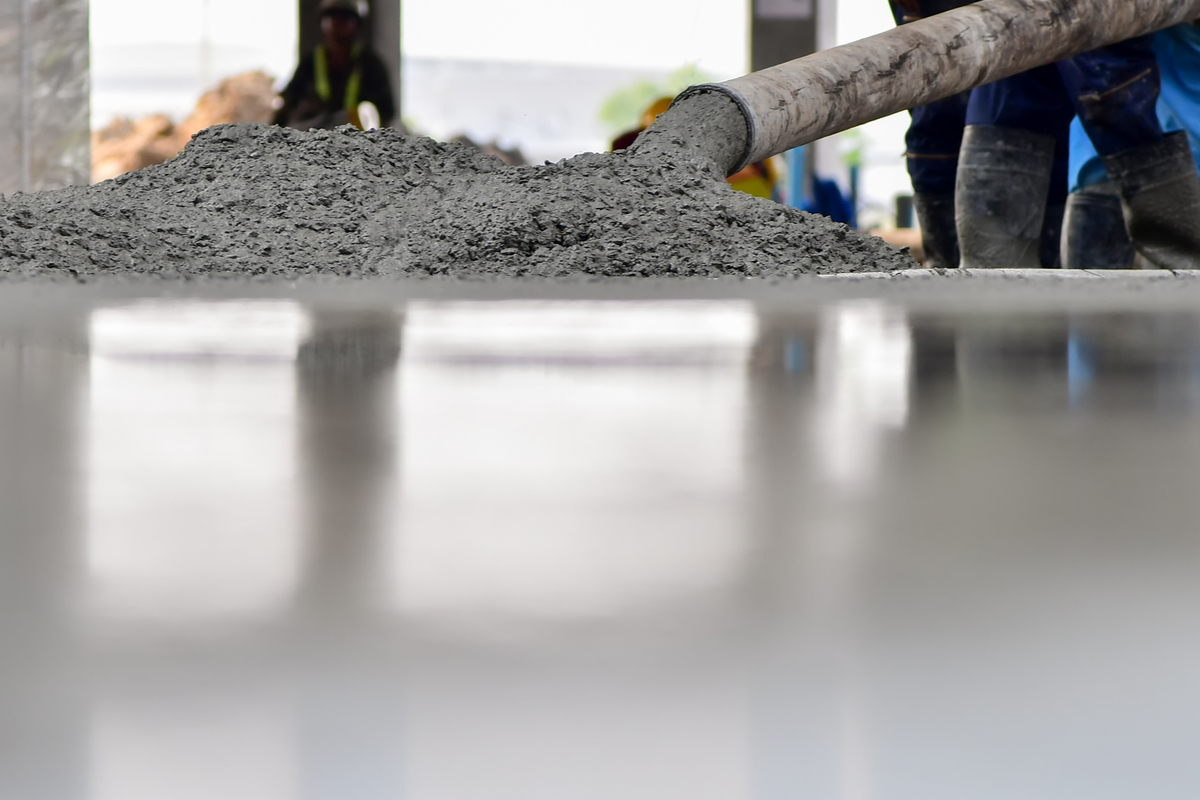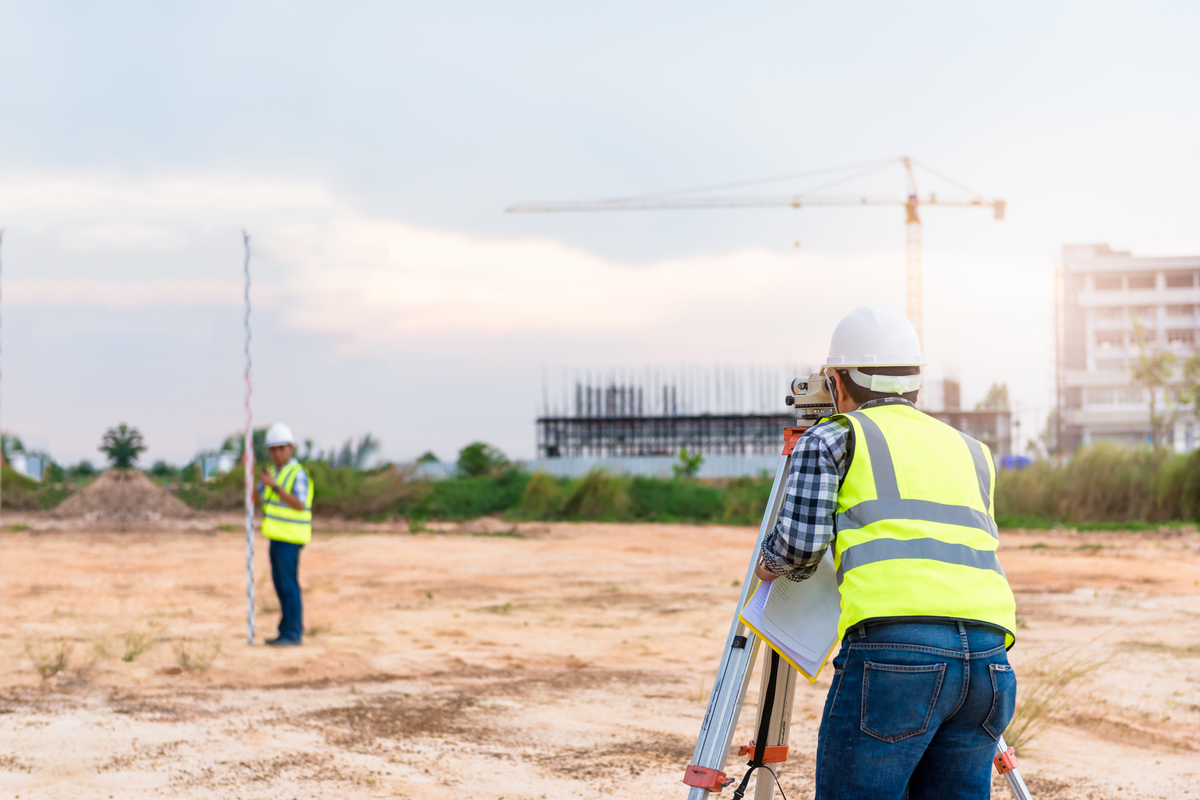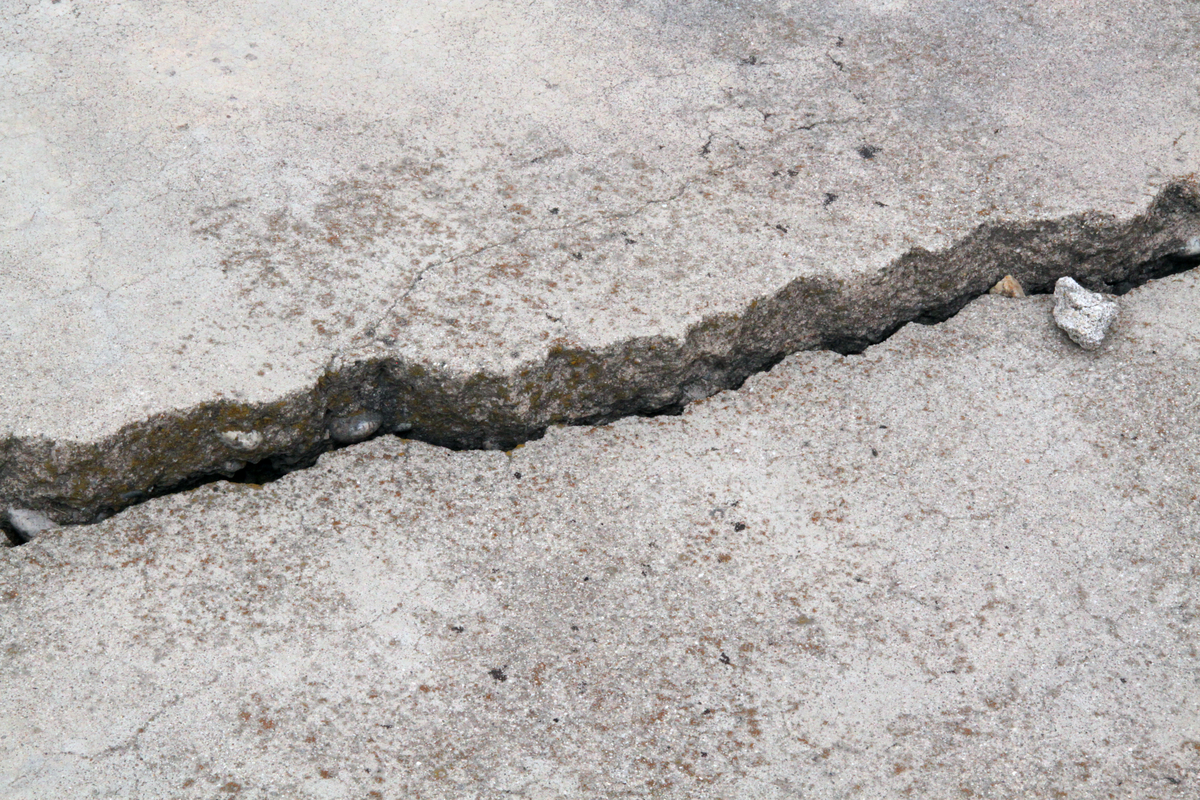Your asphalt driveway is one of the most important aspects of your home. However, chances are you don’t focus much on it until you notice a problem. With time, your driveway may begin to show signs of age. It may no longer be as aesthetically pleasing as it was before. Or, it may look worn down and not reflect your living standard.
Whatever the reason, you think it’s time to let go of the old one and bring in some changes. At first, this decision looks simple: you decide to hire an expert and let them do the work. However, you are now bogged down by the age-old dilemma of repairing your driveway or replacing it anew.
Not every driveway problem can be solved by a repair. Conversely, not all asphalt issues need a complete replacement. To find the perfect solution, you’ll have to consider a myriad of factors that let you know if a repair or a replacement is in order.
When to Go for a Repair?
A repair is an ideal solution if your driveway is less than 10 years old and showing signs of wear. An asphalt driveway lasts for around 15 years, so you must get a repair for anything younger than that. Also, if the color has faded, there’s no need to worry. It can easily be fixed by patching any cracks and then adding a sealant.
Small cracks and sunken areas can also be patched. Another repairable issue is a pothole. However, if you have multiple potholes and cracks on over 50% of the driveway, a repair won’t do you any good.
When to Go for a Replacement?
As stated above, a complete replacement is in order if you see multiple potholes. These gather water and lead to more damage in the near future. Another issue to look out for is a series of alligator or spiderweb cracks. These are interconnected and affect the whole pavement.
Replacement is also required if your asphalt driveway is over 20 years old or has drainage issues. Also, if you’re planning to sell your house, it’s better you replace the driveway. It will not only make your house look better but also increase its resale value.
Finalizing Your Decision
Before making a decision, look at what your asphalt driveway is telling you. Compare it with the signs we’ve mentioned above. If you’re confused, it’s better to consult a professional. When you’re done, get a contractor for regular maintenance and improving your property’s asphalt. This will reduce unnecessary expenses in the future and increase your driveway’s lifespan.











